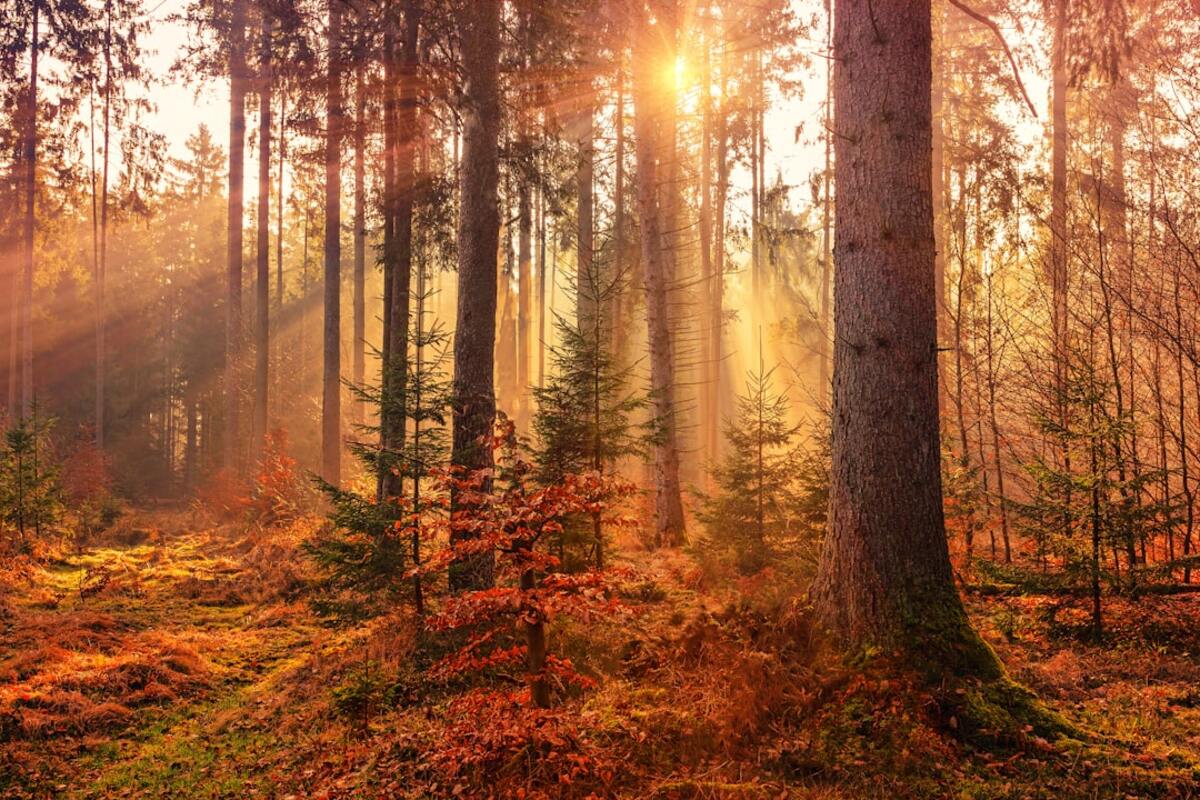The Marble Caves of Patagonia: Nature's Whimsical Artwork
Explore the dazzling Marble Caves of Patagonia, where azure waters and sculpted stone create a stunning natural masterpiece.

- Discover the unique geological formations shaped by water and time in Chile's pristine landscape.
- Learn about the complex interplay of light and water that gives the caves their ethereal beauty.
- Understand the environmental significance and challenges facing this natural wonder.
Introduction to the Marble Caves
Hidden in the remote reaches of Chilean Patagonia, the Marble Caves, also known as the Cuevas de Mármol, are a spectacular natural wonder that captivates all who venture to their shores. Nestled on the General Carrera Lake, the caves are a testament to the incredible power of nature. Over the millennia, water and wind have sculpted these caves into intricate formations, creating a breathtaking interplay of light, color, and stone.
Geological Marvel: Formation and Features
The Marble Caves were formed over 6,000 years as waves from the glacial lake slowly carved into the peninsular marble. The relentless motion of water against the rock has smoothed the surfaces into undulating forms, creating a stunning array of tunnels and caverns. As the sunlight hits the azure waters, it reflects against the stone, casting a dazzling spectrum of blues and greens upon the marble walls.
- Majestic Marble: The caves are primarily composed of calcium carbonate, which accounts for the brilliant white and blue hues visible throughout the formations.
- Seasonal Variations: Depending on the water levels and the time of year, the color and intensity of the reflections can vary significantly, offering visitors a different experience each season.
- Accessible Beauty: While the caves are remote, they can be accessed via boat tours, which allow visitors to glide through the tunnels and witness the dynamic beauty firsthand.
Experiencing the Caves: A Travel Guide
Visiting the Marble Caves requires a bit of planning, given their location in the Aysén region of Chile. Travelers usually fly into the city of Coyhaique and drive or take a bus to Puerto Río Tranquilo, the nearest town to the caves. From there, various tour operators offer boat excursions to the caves.
Here are some tips for those planning a visit:
- Best Time to Visit: The best time to see the caves is during the summer months of December to March when the weather is more temperate, and the colors are at their most vibrant.
- Photography Tips: For photographers, early morning or late afternoon when the light is softer can produce stunning images. A waterproof camera or housing is recommended due to the proximity of water.
- Responsible Tourism: As with all natural wonders, it's crucial to adhere to local guidelines to minimize environmental impact and preserve the caves for future generations.
Conservation Efforts and Environmental Challenges
The Marble Caves are not only a site of immense beauty but also a critical natural habitat. The region's glacial waters support a diverse range of aquatic life, and the surrounding landscapes are home to unique flora and fauna. However, this remote paradise faces significant challenges:
- Climate Change: Rising temperatures and changing precipitation patterns threaten the delicate balance of the ecosystem, impacting both the caves and the lake.
- Tourism Impact: While tourism brings vital economic benefits to the region, it also poses risks of pollution and degradation. Sustainable practices are essential to ensure the site's longevity.
Local and international conservation groups are actively working to protect the Marble Caves and surrounding areas, promoting sustainable tourism initiatives and raising awareness about the environmental challenges faced by this unique geological site.
